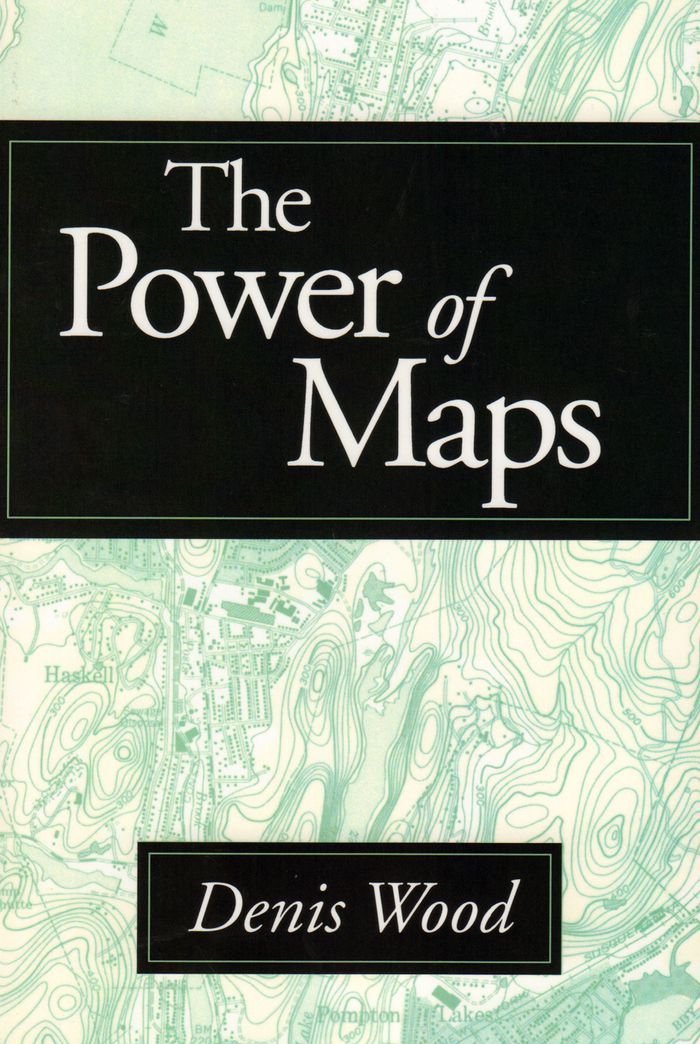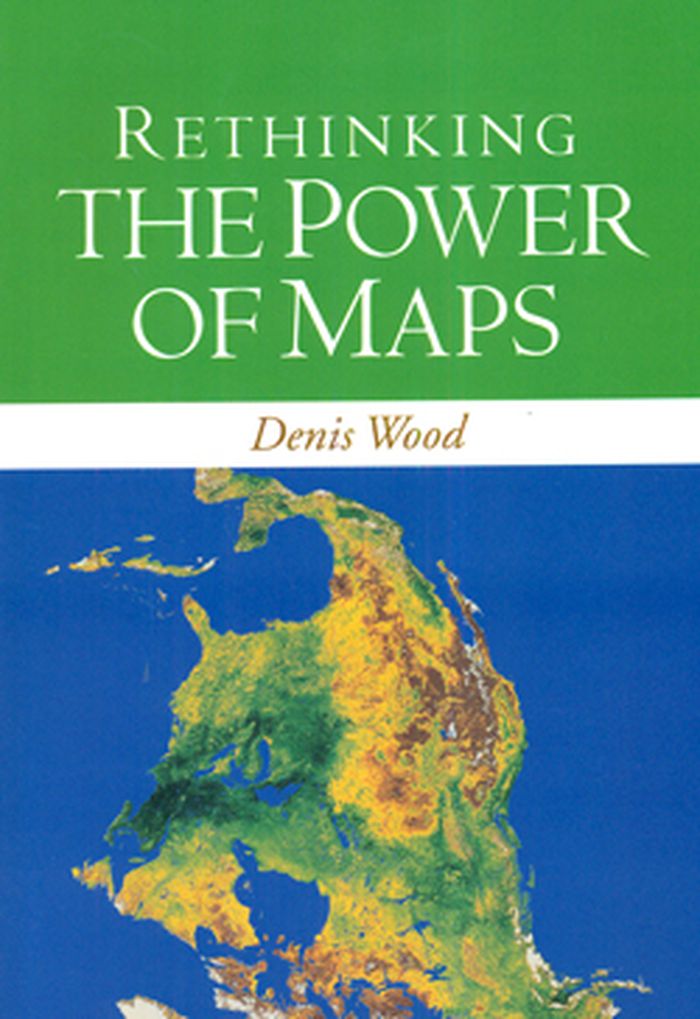The power of maps
$47.95
(available to order)
Summary:
This volume ventures into terrain where even the most sophisticated map fails to lead--through the mapmaker's bias. Denis Wood shows how maps are not impartial reference objects, but rather instruments of communication, persuasion, and power. Like paintings, they express a point of view. By connecting us to a reality that could not exist in the absence of maps--a world of(...)
The power of maps
Actions:
Price:
$47.95
(available to order)
Summary:
This volume ventures into terrain where even the most sophisticated map fails to lead--through the mapmaker's bias. Denis Wood shows how maps are not impartial reference objects, but rather instruments of communication, persuasion, and power. Like paintings, they express a point of view. By connecting us to a reality that could not exist in the absence of maps--a world of property lines and voting rights, taxation districts and enterprise zones--they embody and project the interests of their creators. Sampling the scope of maps available today, illustrations include Peter Gould's AIDS map, Tom Van Sant's map of the earth, U.S. Geological Survey maps, and a child's drawing of the world.
Architectural Plans and Cartography
Rethinking the power of maps
$33.50
(available to order)
Summary:
A contemporary follow-up to the groundbreaking Power of Maps, this book takes a look at what maps do, whose interests they serve, and how they can be used in surprising, creative, and radical ways. Denis Wood describes how cartography facilitated the rise of the modern state and how maps continue to embody and project the interests of their creators. He demystifies the(...)
Rethinking the power of maps
Actions:
Price:
$33.50
(available to order)
Summary:
A contemporary follow-up to the groundbreaking Power of Maps, this book takes a look at what maps do, whose interests they serve, and how they can be used in surprising, creative, and radical ways. Denis Wood describes how cartography facilitated the rise of the modern state and how maps continue to embody and project the interests of their creators. He demystifies the hidden assumptions of mapmaking and explores the promises and limitations of diverse counter-mapping practices today. Ilustrations include U.S. Geological Survey maps; electoral and transportation maps; and numerous examples of critical cartography, participatory GIS, and map art.
Architectural Plans and Cartography

